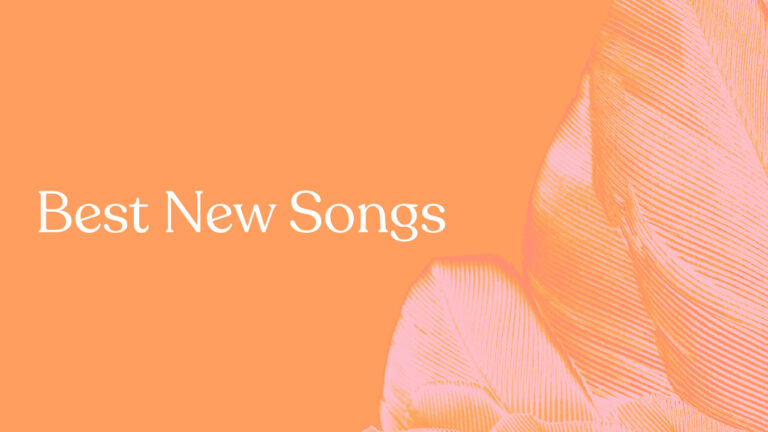In intimacy, exploration and curiosity have paved the way for couples to expand their horizons and elevate their pleasure. One such avenue of exploration is the world of pleasure tools, also known as adult toys, which have gained popularity as tools that can enhance and intensify foreplay experiences.
This article delves into pleasure tools, exploring how they can add new dimensions to foreplay, encourage communication, and amplify intimacy between partners.
Discovering new sensations: The allure of pleasure tools
Pleasure tools offer many options to introduce new sensations to the foreplay experience. From vibrators, tentacle dildos and massage candles to blindfolds and restraints, these tools create a playground of sensory exploration. Each tool provides a unique touch, temperature, or vibration, allowing couples to discover uncharted territory and break from routine.
For example, consider the use of a feather tickler. The gentle, teasing touch of the feathers against the skin can ignite a cascade of sensations, evoking shivers and anticipation. This exploration of touch adds an element of surprise and heightened arousal to foreplay, encouraging partners to be present in the moment and attuned to each other’s responses.
Communication and consent: The foundation of exploration
Introducing pleasure tools into foreplay underscores the importance of open communication and mutual consent. It’s an opportunity for partners to converse about desires, boundaries, and curiosities. This dialogue creates a safe space for both individuals to articulate their needs without judgment, setting the foundation for a more intimate and satisfying encounter.
When partners explore pleasure tools together, they embark on a journey of mutual understanding and discovery. The process of selecting tools and discussing their use encourages vulnerability and openness. Partners learn to express their desires and preferences, fostering a deeper emotional connection beyond the physical act of intimacy.
Fostering shared exploration: The joy of co-creation
Exploring pleasure tools is not just about the tools themselves but the shared journey of co-creation. As partners navigate the world of toys, they engage in the process of discovering each other’s fantasies and desires. This shared exploration fosters a sense of adventure and trust, creating an atmosphere where both individuals feel valued and understood.
Consider the act of using a couples’ massager. The joint decision to introduce this tool involves a mutual understanding of the sensations it offers and the pleasure it can bring. As partners explore its use together, they co-create an experience that resonates with their unique connection. This shared exploration nurtures a sense of togetherness and deepens the emotional bond between partners.
Enhancing intimacy: The emotional impact
When introduced with care and intention, pleasure tools can have a profound emotional impact on a relationship. They create opportunities for partners to be vulnerable and explore aspects of their desires that may have previously been unspoken. By engaging in open conversations and shared experiences, couples strengthen their emotional connection and foster a more profound sense of intimacy.
Toys like blindfolds and restraints can heighten vulnerability and trust, enhancing the emotional connection between partners. Surrendering control to a partner and placing trust in their hands can lead to a heightened sense of intimacy and a deepened understanding of each other’s boundaries. By venturing into these territories together, couples create memories and experiences that strengthen their bond.
Celebrating individuality: Customizing the experience
One of the remarkable aspects of pleasure tools is their ability to be tailored to individual preferences. From the type of sensation to the intensity of stimulation, these tools offer a customized experience that resonates with each partner’s desires. This personalization ensures that the encounter remains uniquely satisfying and fulfilling.
As couples experiment with different pleasure tools, they uncover what brings them pleasure and fulfillment. This self-discovery enhances individual experiences and contributes to a more harmonious and pleasurable intimate connection. By celebrating each partner’s uniqueness, couples create an atmosphere of acceptance and appreciation beyond intimacy.
Navigating boundaries: Mutual respect and consent
As couples browse anal dildos and navigate the world of pleasure tools, it’s essential to approach boundaries with mutual respect and consent. Pleasure tools can introduce new dynamics and sensations, making it crucial to establish clear boundaries and communicate them openly. These conversations create a framework of safety and trust, ensuring both partners feel comfortable and respected throughout the experience.
Introducing tools like restraints or impact play implements requires a deep understanding of each partner’s limits and desires. Partners must engage in honest discussions, outline boundaries, and continuously check in with each other during the encounter. By prioritizing consent and respecting boundaries, couples create an environment where both individuals can fully immerse themselves in the experience without fear or discomfort.
All in all
The realm of pleasure tools adds a dimension of exploration and excitement to the canvas of intimacy. By introducing these tools into foreplay, couples embark on a journey of shared discovery, communication, and vulnerability. Pleasure tools create opportunities for new sensations, open conversations, and the cultivation of emotional intimacy.
As partners venture into this world, they redefine pleasure, deepen their connection, and celebrate the diverse ways intimacy can be experienced. The journey of exploring pleasure tools is a testament to the beauty of shared exploration, communication, and the endless possibilities that await in the realm of intimacy.











